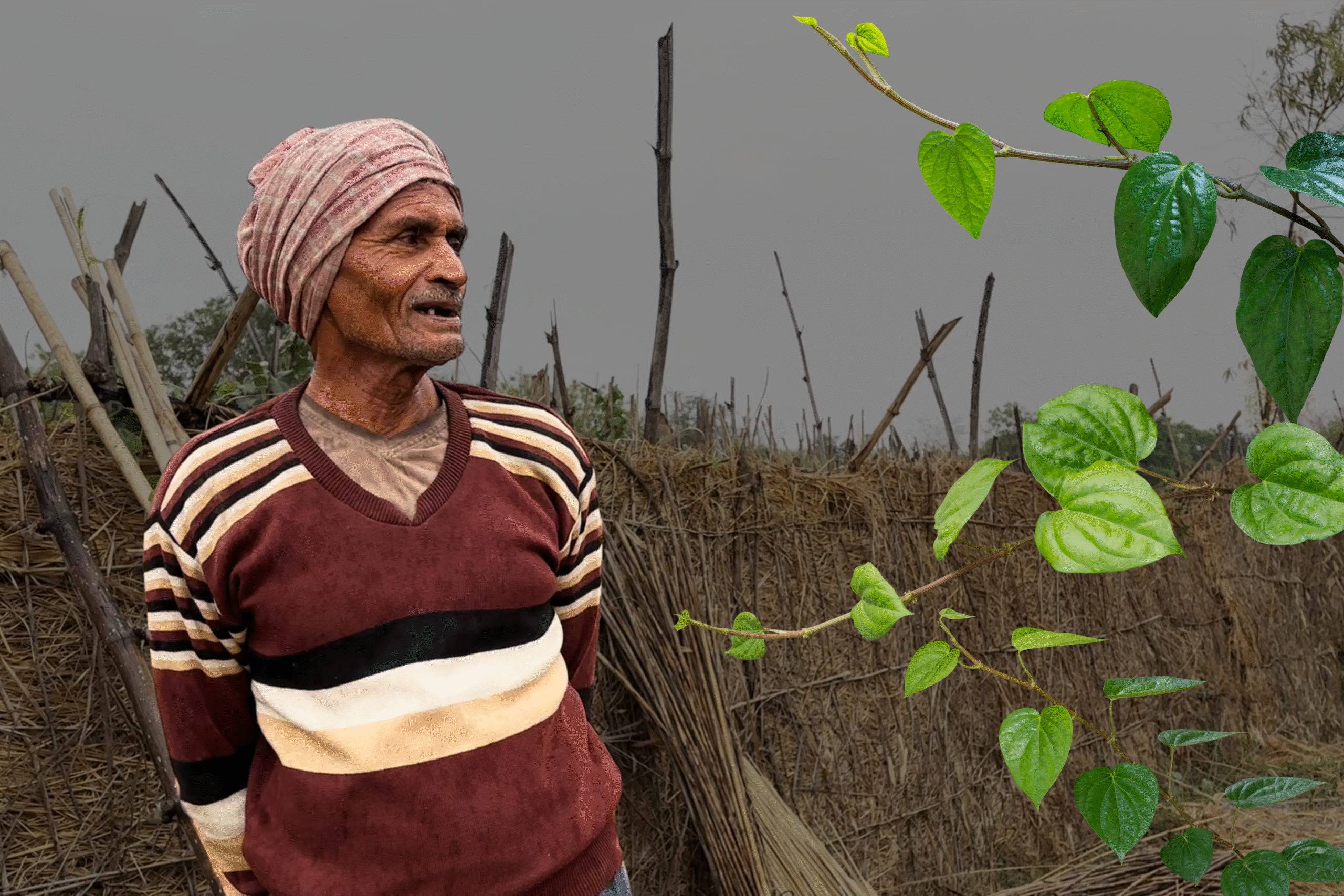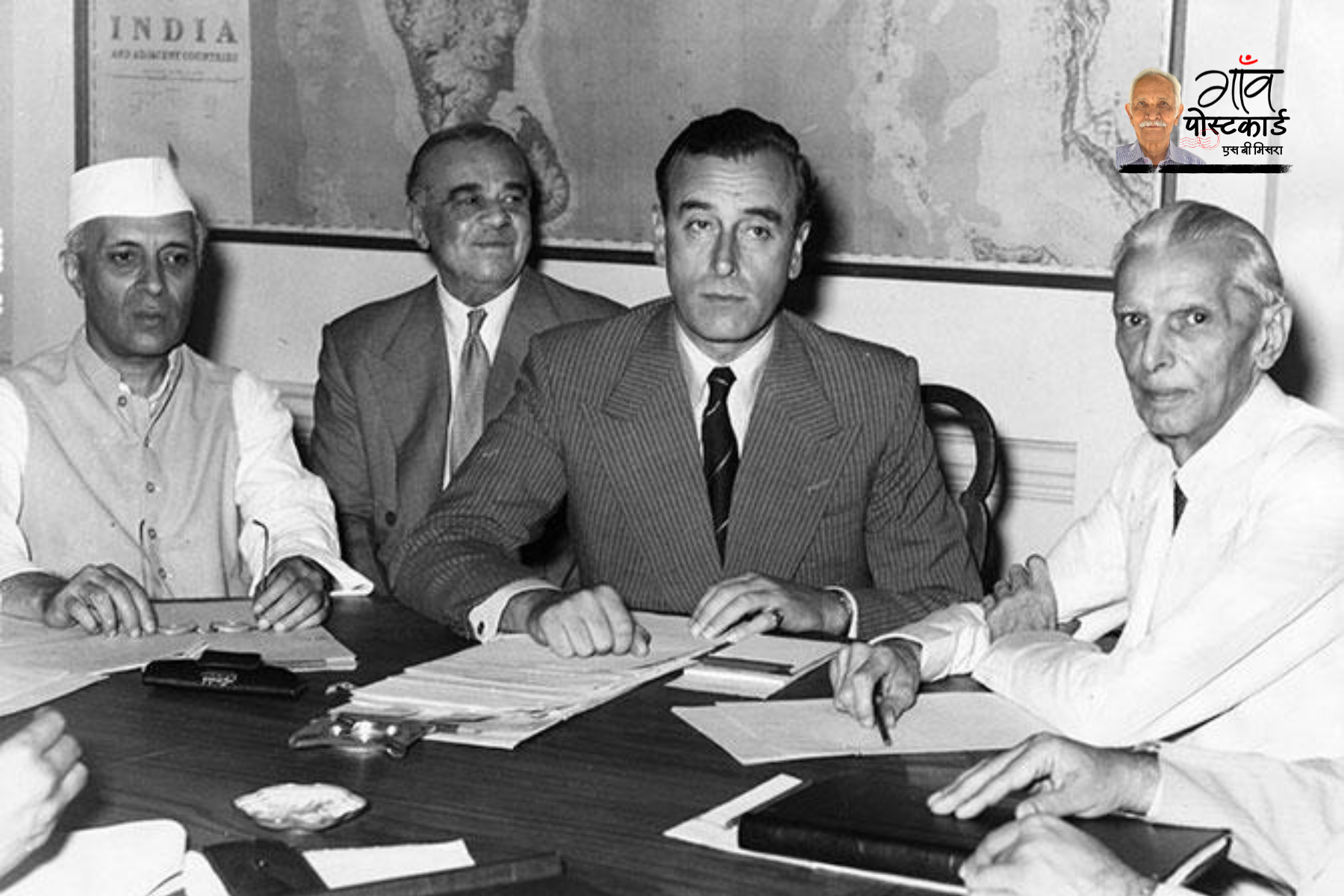On May 11 evening, between 5:30 pm and 7:30 pm, Cyclone Asani made a landfall as a deep depression and crossed the Andhra Pradesh coast between Machilipatnam and Narsapur. In the wake of the cyclone, in the neighbouring state of Odisha, high tides washed away thousands of nests of the endangered Olive Ridley at the rookery of turtles in Rushikulya beach in Ganjam district. It is being claimed that millions of baby turtles may have perished before their birth.
This year, the wildlife department and conservationists were thrilled as the eastern state witnessed a record turtle nesting in the month of March.
Gaon Connection had reported how on March 25, beaches of small islands in Odisha’s Gahirmatha Marine Sanctuary witnessed record number of nesting by more than 200,000 Olive ridley turtles. By then, an estimated half a million turtles had already laid eggs on these islands with a week still left for the annual nesting event.
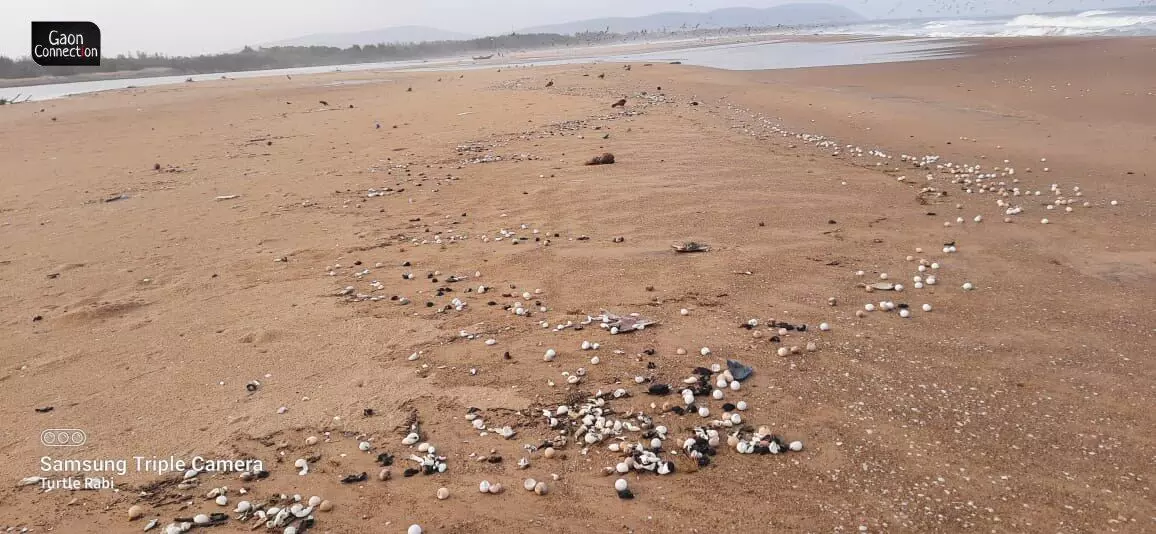
Also Read: Record nesting of endangered turtles in Odisha underlines decades of conservation efforts
As per the updated information, around 550,317 female turtles laid eggs at Rushikulya beach from March 26 to April 3. Similarly, 501,157 female turtles also laid eggs from March 25 to March 28 at Gahirmatha Marine Sanctuary in Kendrapara district.
Hatchlings started emerging from the eggshells at Gahirmatha three days back on May 9 as the cyclone Asani skipped Kendrapada district and made a landfall in Andhra Pradesh.
“But due to the impact of Asani, tidal waves inundated nesting sites at Rushikulya and damaged around 25 per cent eggs of the turtles on May 10 and May 11 May,” Ashok Behera, Assistant Conservator of Forest, Berhampur forest division, told Gaon Connection.
Millions of hatchlings are expected to emerge from the pits after 45 to 50 days of the laying of eggs by the turtles. But now the beach is the graveyard for the baby turtles. Beach erosion and untimely rain due to cyclone Asani are the reasons for the loss of millions of eggs. Now the beach is littered with millions of exposed eggs shells and carcasses of unborn hatchlings, said the forest officer.
Conservationists are heartbroken too. “The high tide created havoc on the turtle nests. Tidal wave destroyed thousands of nests of turtles, as a result the five kilometre long beach at Rushikulya is now littered with exposed turtle eggs,” said Rabindra Nath Sahu, a noted turtle researcher and the secretary of Rushikulya Sea Turtle Protection Committee.
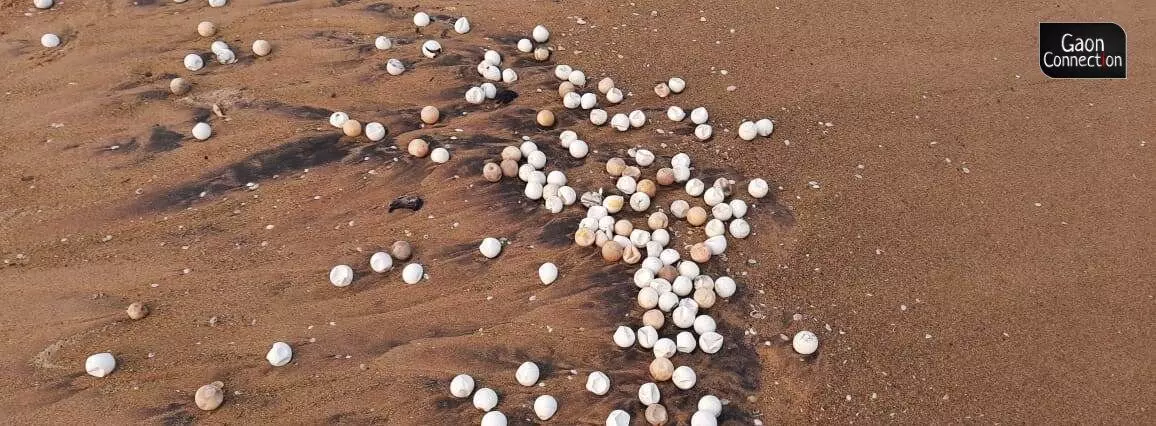
“We were glad two month back when more than half a million turtles laid eggs at Rushikulya. But the high tides compounded the problems for the turtles as the eggs in remaining nests are not likely to hatch when submerged under seawater . It is a bummer for us to watch the millions of exposed eggs before the birth of baby turtles on the beach,” added Sahu.
He went on to add: “It is high time for the government to undertake proper scientific study to know the exact reason behind the beach erosion to save the turtle population in the state.”
The highest predation rates for the sea turtles occur during the egg, hatchling and young juvenile stages. Bacterial conditions in the nests can also destroy before they hatch, added Sahu.
“Apart from the high tide, beach erosion is also one of the main reasons at Rushikulya for the loss of thousands of eggs”, said the turtle researcher.
Light pollution due to the presence of detrimental artificial light near the nesting sites disorient the baby turtles as the marine species use visual cues which relate to the comparative brightness, under natural conditions of the open ocean horizon to orient down the beach to the surf line.
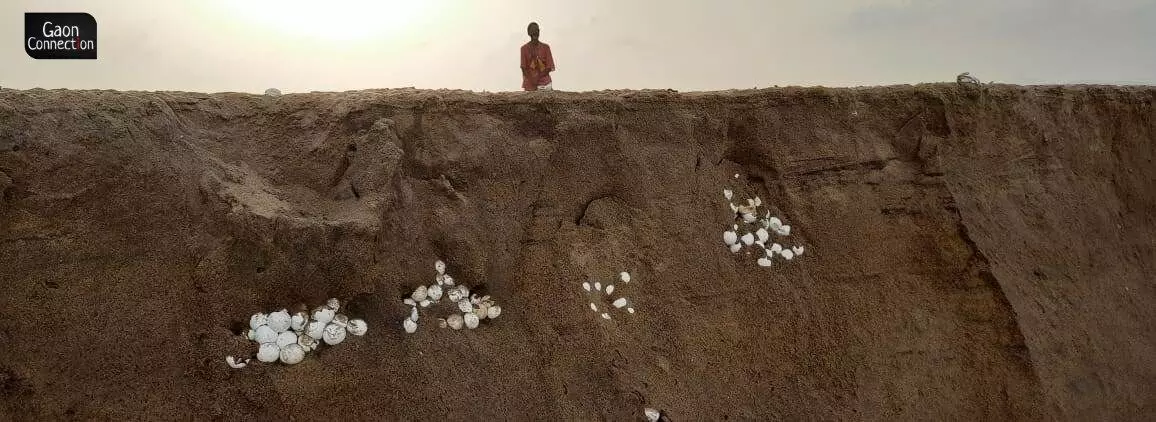
Lights from a chemical plant at Ganja and lights of passing vehicles on the national highway near the Rushikulya beach can mislead hatchlings, causing them to use precious energy stores wandering around on land and often leading them away from the sea. Studies have shown that even distant light sources cause problems for photo-sensitive hatchling, said Sahu.


